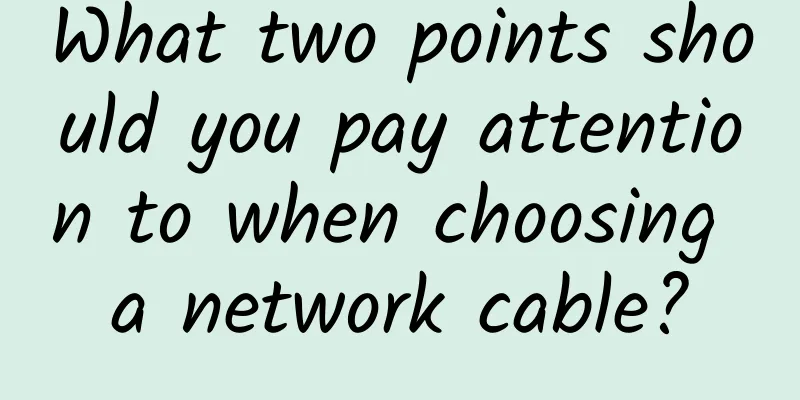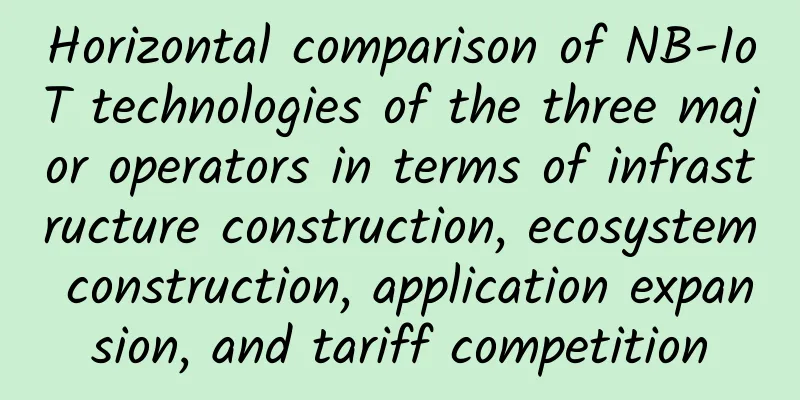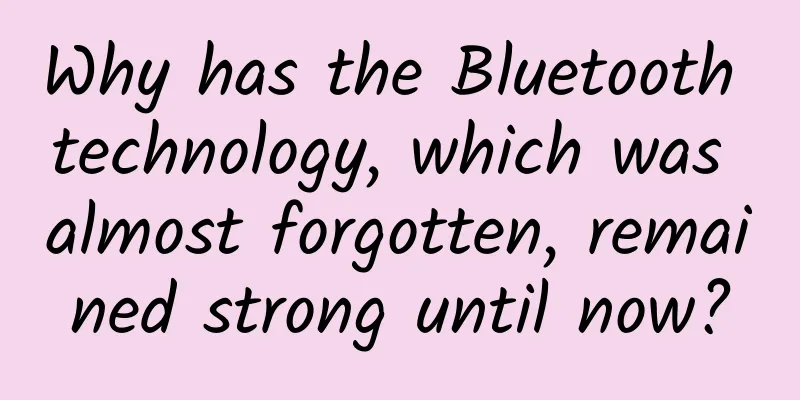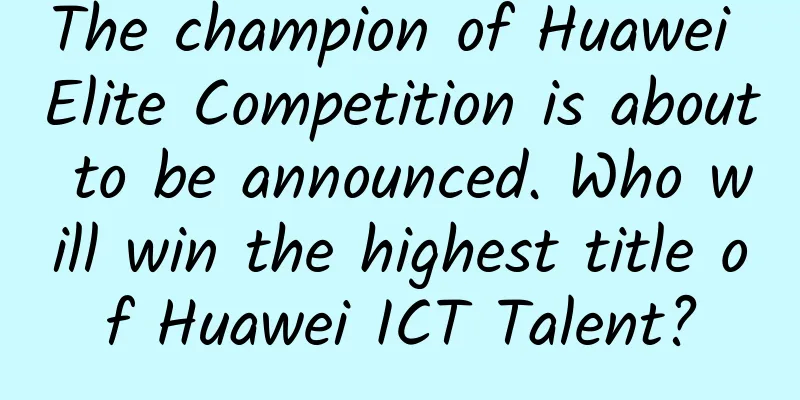Can this be considered? TCP is awesome.
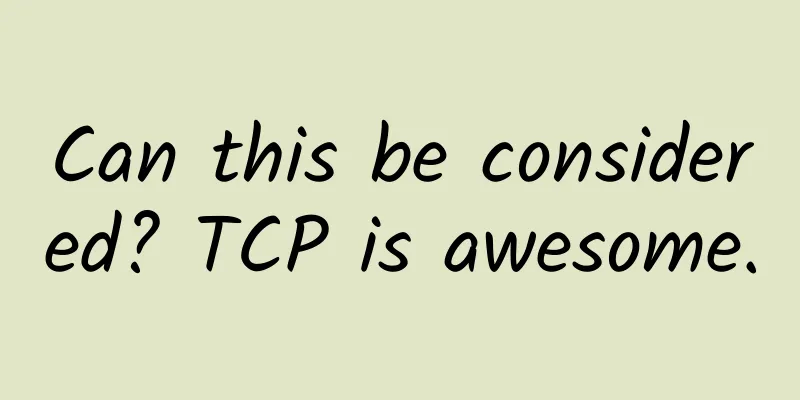
|
Hello everyone, I am Xiaolin. I saw an old man asked a question on the website. To put it simply, why during the TCP three-way handshake, if the confirmation number of the SYN-ACK message received by the client does not meet the expectation, why does it return RST instead of discarding it? If I say return to RST, does it mean return to RST? Of course not, I also confirmed it by reading the RFC standard. Let me describe the scene first:
The above process is the process of TCP three-way handshake to prevent the establishment of historical connections. The reason why TCP needs three-way handshake is firstly to prevent confusion caused by old repeated connection initialization, and secondly to reliably synchronize the sequence numbers of both parties. Why is it designed that when the client receives a SYN-ACK message that does not meet its expectations, it returns RST instead of discarding it? Now let's assume it is discarded and see what happens? It can be seen that when a client connected in the SYN_SENT state receives a SYN-ACK message that does not meet expectations, if the selected processing is "discard", both parties will trigger a timeout retransmission until the maximum number of retransmissions is reached before entering the CLOSE state. This process takes 10-20 seconds. From the client's perspective, it is difficult to establish a connection with the server because an old connection with the same four-tuple already exists on the server. If the server connection is not terminated, the client's new connection (SEQ=100) cannot be confirmed. This is because in the non-LISTEN state, if a SYN is received, a challenge ack is returned. This ack does not confirm the receipt of the SYN message, but continues to reply to the last ACK sent. Does it feel like the old connection (SEQ=90) on the server is just sitting there doing nothing? Therefore, the task of killing the old connection on the server is left to the client. When a client connected in the SYN_SENT state receives a SYN-ACK message that does not meet its expectations, it directly sends RST to the server, killing the server's old connection so that the client's new connection can be established quickly. What do you think? TCP is full of details! |
<<: HTTP caching is enough to read this article
>>: What is the function of each layer in the computer network layered model?
Recommend
Crazy 5G connectors, the next wave
5G is developing at an amazing speed The Ministry...
LoRaWAN becomes an international standard, injecting new impetus into the development of LoRa
Recently, LoRaWAN was officially approved by the ...
The Industrial Internet of Things is coming in full force. Wind River shows you how to keep the industrial control system “on track”
[51CTO.com original article] "Stable and rel...
With the advent of the 5G era, there will be three major changes in the future, and the retail industry will be the biggest beneficiary
The arrival of the 5G era not only brings develop...
How does network latency occur?
Network latency Network delay refers to the time ...
Come to Fuzhou on March 21 to experience Huawei's "immersive experience" Smart Island!
[51CTO.com original article] Speaking of "im...
5G is coming. Will it really take away the jobs of WiFi?
The statement that "5G is coming and Wi-Fi w...
Digital Stargazing joins hands with Gu'an Tianxia and Yunti to launch new products to explore the value of security services with big data
[Original article from 51CTO.com] On November 29t...
Does Snowflake's popularity mean Hadoop is dead? What exactly is a big data system?
Any technology will go through a process from hig...
Accelerate the deployment of 6G, satellite Internet may become the key
In recent years, communication technology has dev...
Top 10 5G Industry Practice Benchmarks in 2022
In 2022, 5G construction has made breakthrough pr...
Sangfor + China Mobile, writing a new chapter of cooperation in the 5G era
From December 6 to 8, the 6th China Mobile Global...
Biyouxue: Solve growing pains with software development cloud
Education is an eternal research topic, and its i...
DogYun National Day Promotion: 30% off on Dynamic Cloud, 20% off on Classic Cloud, 100 yuan/month discount on Dedicated Server, 100 yuan free for every 100 yuan you top up
DogYun is a Chinese hosting company established i...
The main problems facing 5G networks
5G networks are the next generation of wireless t...

